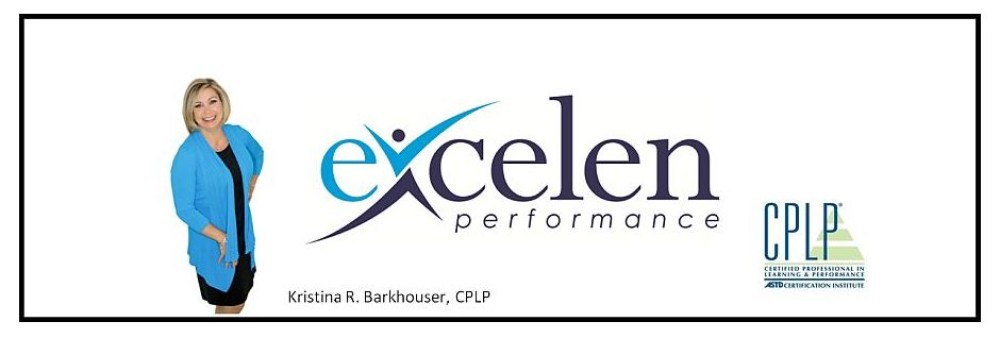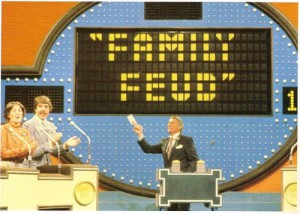It’s getting harder these days to find good old fashioned customer service. Not only are service providers apparently less motivated to deliver good service, but a lot of customers are making it harder for them to do so!
On a recent trip to The Homestead, founded in 1766, in Hot Springs,VA, I experienced old fashioned service at its best. Three positive things they did made a big impression!
Work like a team – The reservationist assured me over the phone that she would select a “preferred” room for my husband and me, since we are frequent guests. Upon check in, the front desk clerk picked up on the reservation file notation and assured us with a smile that we were being “well taken care of”. Although Frank the bellman was called over to usher us and our luggage to our room, we spotted our favorite bellman Keswick walking over to greet us. As we stopped to speak to Keswick, Frank was perceptive and generous enough to hand us over to his teammate. A brief but respectful exchange between teammates resulted in Frank remaining behind to help the next guest while Keswick helped us to our room. It was so refreshing to have our customer experience elevated above some ritualistic employee procedure.
Pay attention to individual customer tastes – As my husband selected his second cup of tea during afternoon tea in the Great Hall on day one of our stay, tea server Ashley pointed out that his first cup had been decaf and that he had just selected regular for his second. Although my husband intended to switch, we were impressed that Ashley had noticed and felt compelled to check. The next afternoon at tea, Ashley prepared a cup of Earl Grey tea as I approached from across the room. Somehow, with close to a hundred people taking tea that afternoon, Ashley remembered my preference from the previous day. Kudos to Ashley for paying close attention to her guests and making them feel special!
Handle difficult customers with grace – At breakfast in the dining room one morning, the omelet chef was making pleasant conversation with four of us while we waited for made-to-order omelets. Another guest who had abandoned the omelet station suddenly reappeared and immediately received her waiting omelet. This guest then rudely snipped, “It’s cold. I don’t want a cold omelet!” Without hesitation or change of facial expression, the chef pleasantly offered to either place the omelet back on the griddle or immediately make a fresh one. The rude guest conceded that it would be ok and disappeared. While the rest of us were mortified by the unjustified rude behavior, Chef Cathy handled it with a grace that further endeared her to the four appreciative “customers” in front of her.
Though old fashioned customer service is becoming less common, it’s still every bit as satisfying as it was in the days of old! Think back to the higher standards we enjoyed not that long ago, and then find ways to incorporate those timeless behaviors into YOUR customer service today.


